Alfa Romeo 8C 2300: The Racing Heritage of a Reliable Design
The 8C 2300 of Alfa Romeo demonstrated that racing can enhance the breed, winning four Le Mans races. It was designed by Vittorio Jano, who incorporated lessons from the P2 grand prix.
Getty Images
Car to remember
Alfa Romeo 8C 2300
Some cars win with slogging reliability, others through clean-sheet thinking that alters the sport’s course. By winning four Le Mans races in succession, Alfa Romeo’s 8C 2300 put paid to Bentley’s bigger is better approach, swapping over-engineering for design economy and proving that racing really can improve the breed.
Creator Vittorio Jano infused lessons from his P2 grand prix cars into the 6C 1750, which entered the 1930s garlanded with race victories and made a perfect springboard for its thoroughbred nephew – the 8C 2300. Designed to comply with the 1931 GP regs, the 2300 boasted twin-cam supercharged power with blower and camshaft gear-driven from the middle of the crank, exotic alloys, a robust four-speed gearbox and a chassis that was slender but strong. Remember that GPs of this era could be as much as a 10-hour grind… “A jewel of an engine,” says Paul Grist, racer and restorer of these eight-cylinder gems. “You’d had those heavy, long-stroke Bentleys and then Alfa builds this small, light, supercharged car – it was the way forward. The engineering is wonderful – industrial art – and the motor is totally reliable. They’re a delight to drive, with lovely steering, and they won everything from Le Mans to grands prix. Jano was responsible for the entire car – an amazing designer.” As well as racing, Jano led all road car, bus and truck design, plus Alfa’s aero engine.
Tyre woes led to a lowly eighth for the 2.3 in the 1931 Mille Miglia, denting Jano’s run of every new model winning on its debut, but Nuvolari’s victories in the Targa Florio and Italian GP confirmed this was no highly-strung racehorse but a rapid, versatile base for road and track alike. It was sold to wealthy customers too, notably Earl Howe, who entered his new long-chassis example in ’31. He and Birkin smashed Bentley’s distance record to win. After this, win followed win, with squadrons of 2.3s collecting more than 50 victories in grands prix, endurance classics, hillclimbs and sprints of every sort.
Alfa’s works team pulled out of racing for 1933, but the 8C went on winning. Nuvolari/Raymond Sommer headed an Alfa 1-2-3 at Le Mans, while Chinetti/Étancelin made it four in ’34. “They were in standard spec, but ran like watches,” says Grist.
In 1938 Alfa looked set to match Bentley’s five Sarthe wins, until the leading 2900B coupé destroyed a tyre and dropped a valve. Its engine? A scion of Jano’s remarkable 8C. No wonder Enzo Ferrari said he’d learned everything from Alfa Romeo.
Stars of the decade
Luigi Chinetti
His wins spanned 17 years, but it was in Alfas in the ’30s that he made his mark. Chinetti’s North American Racing Team won in 1965 with Masten Gregory and Jochen Rindt at the wheel.
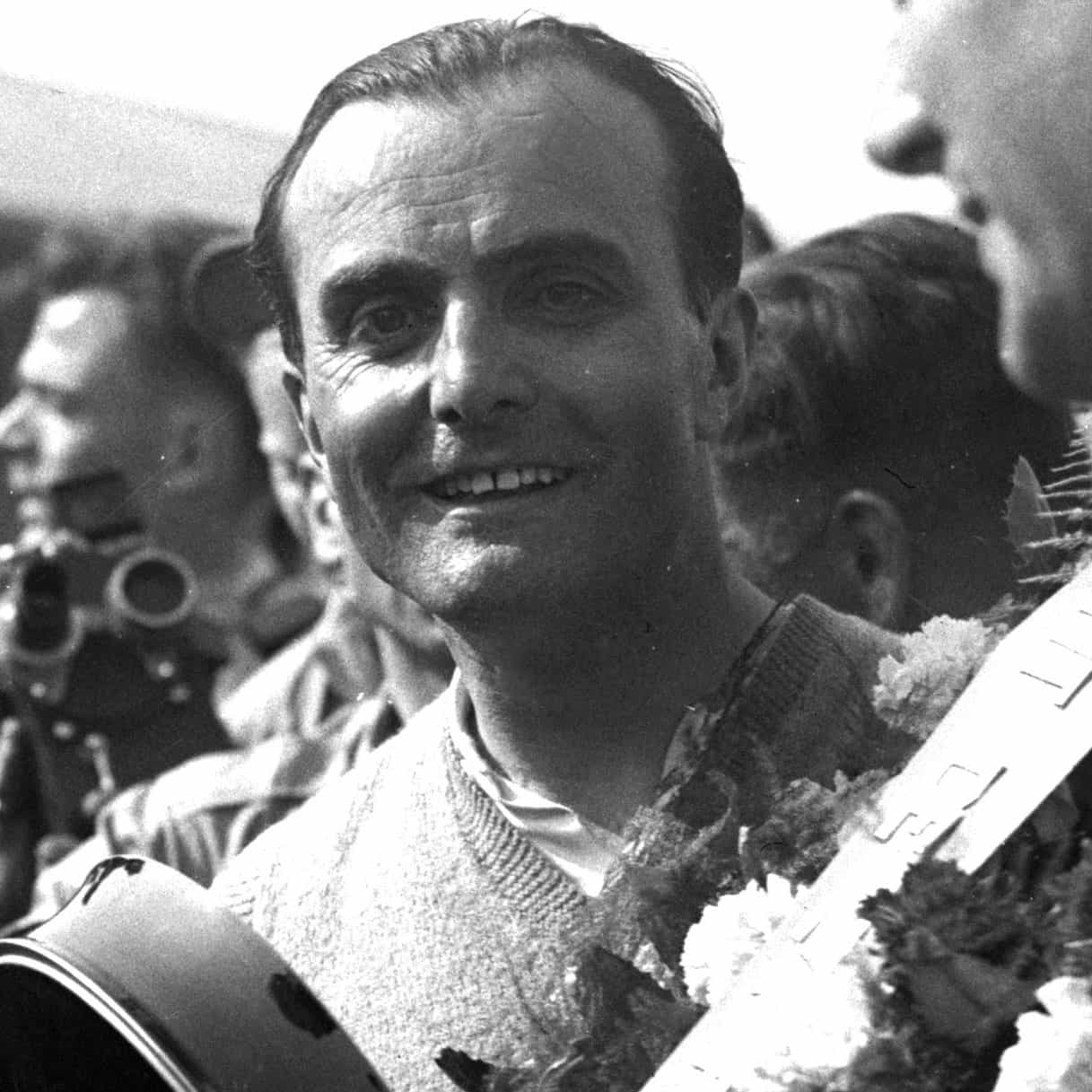
Raymond Sommer
Succeeded André Rossignol as France’s Le Mans hero, winning in 1932/33. In the first of those he drove for 20 hours after Chinetti was ill. Led most of his races, despite favouring privately entered cars.

Tazio Nuvolari
The Flying Mantuan won with Sommer in 1933, after one of the race’s closest finishes. Their Alfa was less than 400m ahead of team-mates Chinetti and Philippe de Gunsburg.
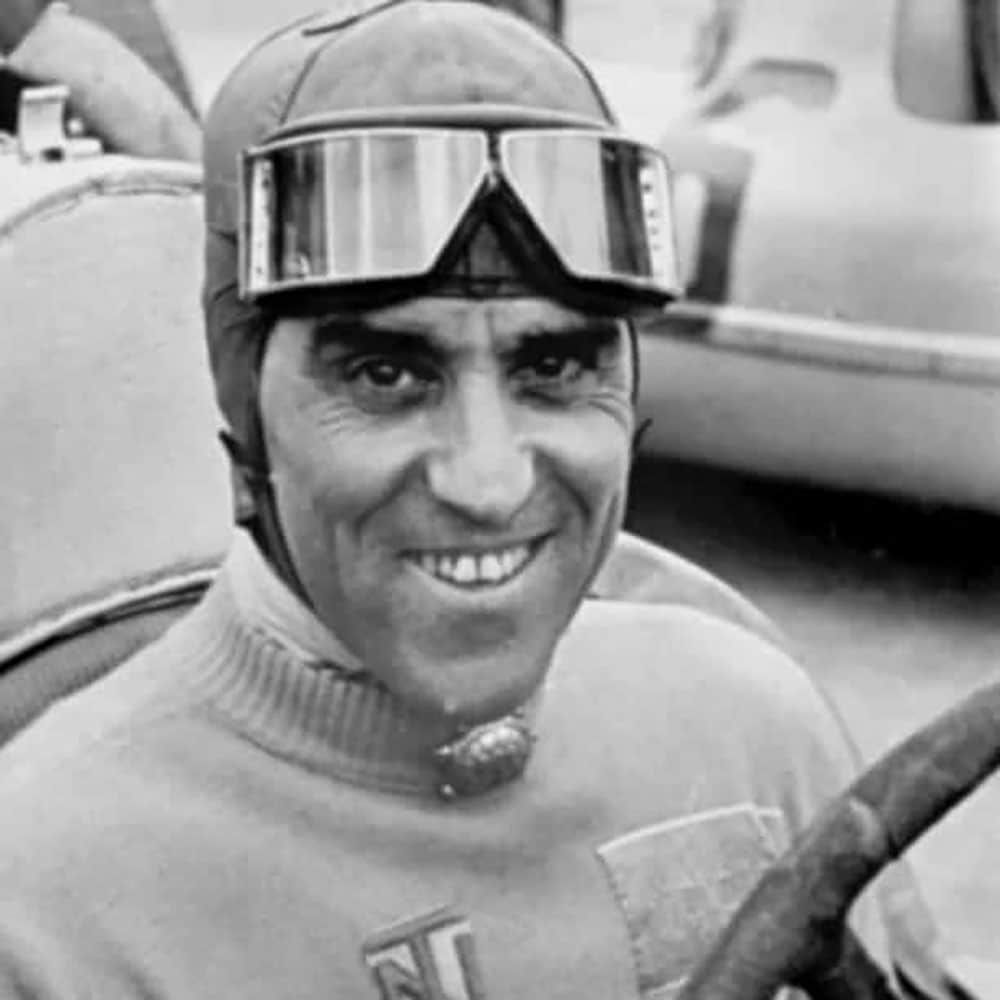
Jean-Pierre Wimille
Yet another French winner, with Bugatti’s T57 ‘Tank’ in both 1937 and ’39, just months later war broke out. During the conflict he headed to the UK and joined the Special Operations Executive.

The Winners
1930
Bentley Speed Six
Woolf Barnato/Glen Kidston
2931km
First female entrants Marguerite Mareuse and Odette Siko finish seventh in a Bugatti Type 40
1931
Alfa Romeo 8C 2300 LM
Lord Howe/Henry Birkin
3018km
1932
Alfa Romeo 8C 2300 LM
Raymond Sommer/Luigi Chinetti
2954km
Tertre Rouge section created. Sommer drives for 20 hours
1933
Alfa Romeo 8C 2300 LM
Raymond Sommer/Tazio Nuvolari
3144km
Won by just 400 metres from Luigi Chinetti/Philippe de Gunsburg
1934
Alfa Romeo 8C 2300
Luigi Chinetti/Philippe Étancelin
2887km
1935
Lagonda M45R Rapide
Johnny Hindmarsh/Luis Fontés
3007km
1936
Race cancelled due to strikes
1937
Bugatti Type 57G Tank
Jean-Pierre Wimille/Robert Benoist
3288km
1938
Delahaye 135CS
Eugène Chaboud/Jean Trémoulet
3181km
1939
Bugatti Type 57C Tank
Jean-Pierre Wimille/Pierre Veyron
3355km
Leading crew receives 1000-franc bonus at the end of each hour
1940-1948
No races because of WWII
1949
Ferrari 166MM
Lord Selsdon/Luigi Chinetti
3178km
Ferrari’s first win. Delettrez 4.4 becomes first diesel entry
Gallery
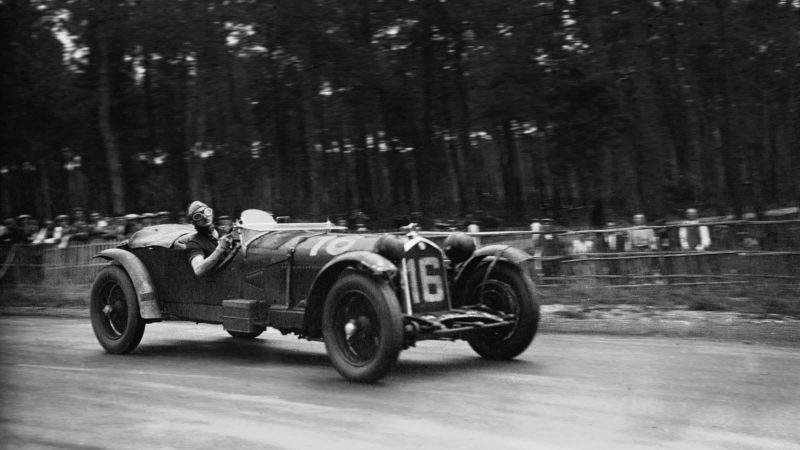
When Bentley bowed out with crippled finances, Birkin kept winning, this time with an Alfa Romeo alongside Earl Howe in 1931
Alamy
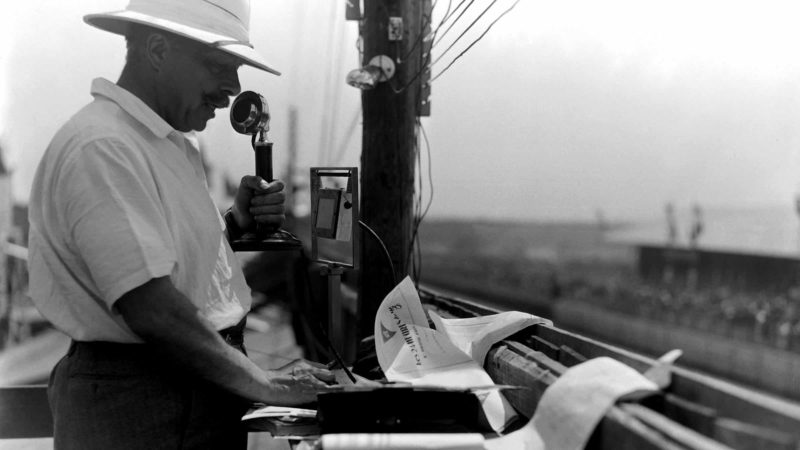
Le Mans’ first commentator, Edmond Dehorter, checks his notes in 1932, his second year in the job. The race has only had eight official commentators, and the current one, Bruno Vandestick, has been in service since 1993
Getty Images
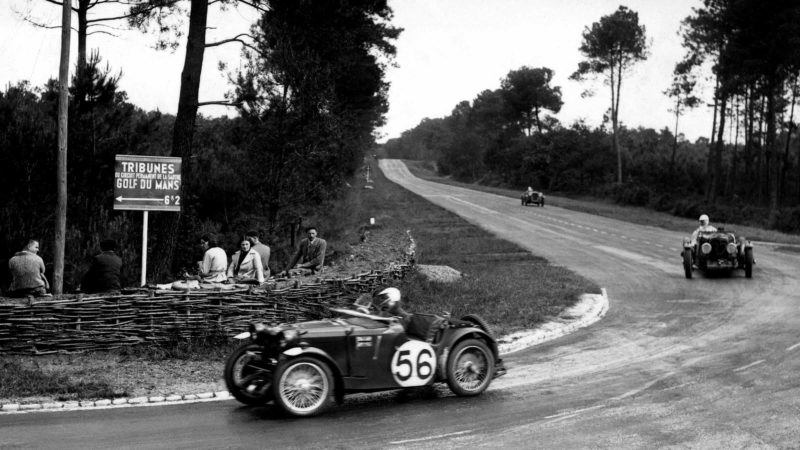
Female drivers enjoyed perhaps their greatest era at Le Mans in the 1930s, with a record 10 starting the 1935 event. This is the MG Midget PA of Australian Joan Richmond and Briton Eveline Gordon-Simpson
Getty Images

Le Mans progressed hugely across the 1930s, with the variety of cars increasing and crowds flocking in. This is 1935
Getty Images

The Bugatti Type 57S ‘Tank’ driven by Jean-Pierre Wimille and Pierre Veyron heads out of Tertre Rouge and down Mulsanne in 1939. Little did they know theirs would be the last victory moment at Le Mans for 10 years
Getty Images

Lagonda sprung a surprise in 1935, as its M45R Rapide driven by Johnny Hindmarsh and Luis Fontés ended Alfa’s winning streak. But it wouldn’t be the start of great things: the company entered receivership a week later, and Fontés was imprisoned that winter after a drink-driving road accident that killed a motorcyclist
Alamy